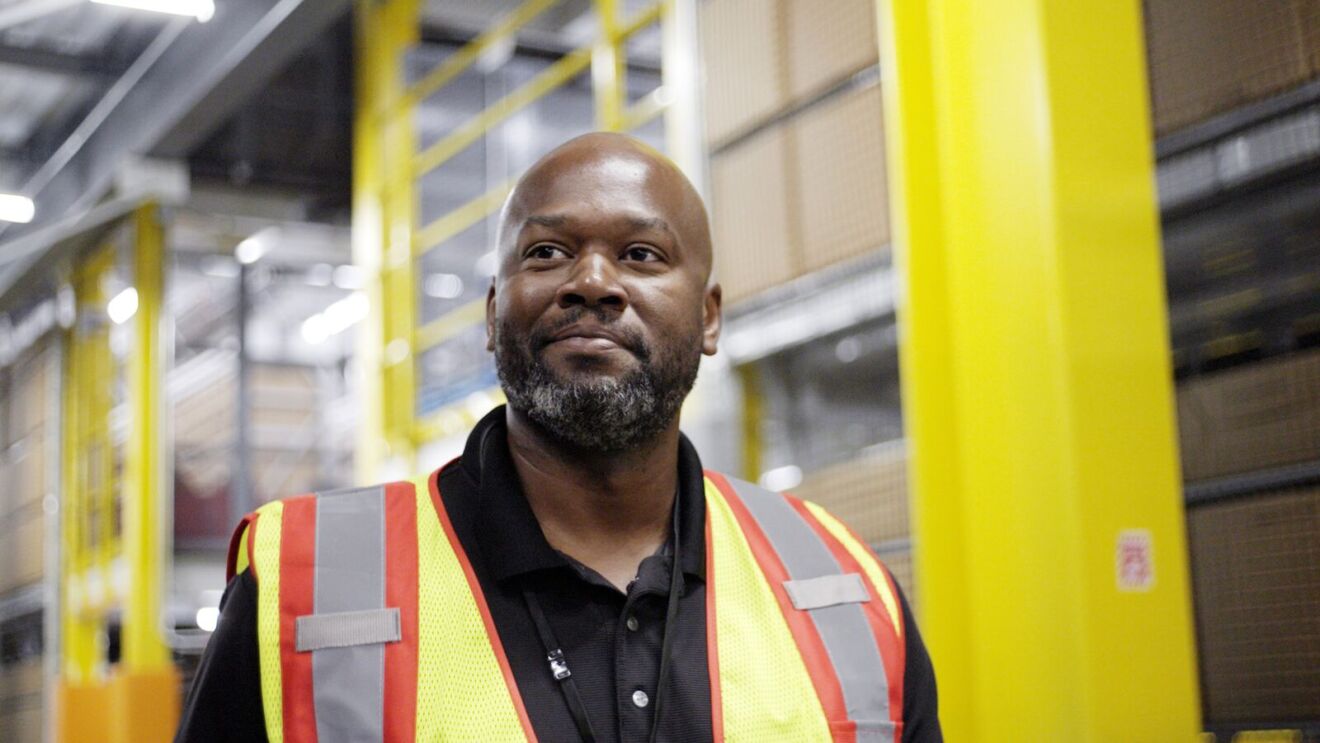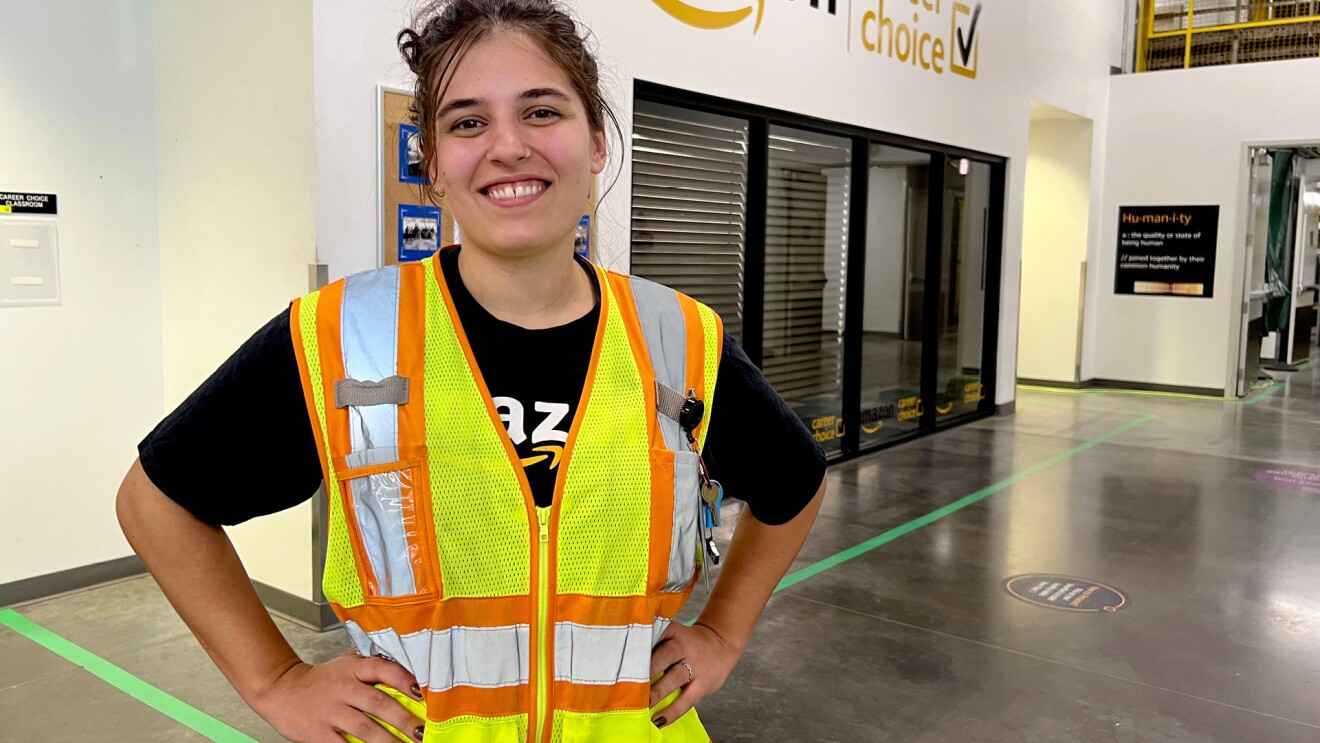The change occurring in the economy today is driven by a number of factors, including technology and its ability to disrupt work through new applications of automation and the growing integration of AI. Innovation is accelerating and, as a result, business models and operations are shifting, causing significant and rapid reorganizations of the workforce both in terms of occupations and the skills that define those occupations.
The future of work is now and the problem we are solving is not adapting to new technologies, but adapting to the dynamism of the economy, which will only accelerate. Dynamic economies require dynamic labor markets, and agile businesses require agile workers and workforce partnerships.
Dynamic labor markets are defined by frequent and rapid shifts in jobs and skills. These shifts are not just impacting career pathways for new labor market entrants, but more importantly existing workers who must be as agile as the businesses that employ them. Workers must be entrepreneurial in how they organize and manage their skills as if those skills were assets that must be valued, maintained, organized, and deployed to optimize earnings and career advancement.
In a dynamic labor market skills have shorter and shorter half-lives and lifelong learning and the ability to communicate the value of that learning is more critical than ever before.
A Shared Burden
Employers too must play a new role and foster a new relationship with workers where maintaining and growing skills is now an imperative for business success. Much like employers have helped workers manage their healthcare and retirement benefits, now employers must manage employee skills both as a benefit and as a strategic investment to support business agility.
Providing upskilling and reskilling opportunities creates share value for business and workers. Workers are provided ongoing training and education opportunities to advance in their careers and mitigate risk of unemployment or underemployment. Businesses benefit by shorter lead times and reduced cost in filling internal job vacancies. Upskilling is a win-win.
Much of this upskilling must be done in partnership with education and workforce development providers. These education and workforce partners must be as agile as the businesses they partner with. In addition, new open education pathways inside companies have the potential to reach populations and improve skill attainment and credentialing outcomes where traditional education pathways have historically struggled.
A New Mindset
Recently we have talked to an increasing number of employers who are beginning to overcome the fear that if they train their workers their workers will leave. Embracing this mindset improves recruitment efforts for entry-level workers who know they have an employer that will invest in them whether they remain with the company or pursue other opportunities. The resulting brand loyalty and potential for long-term goodwill and employee referrals can be massive.
Upskilling opportunities are no longer the exception, but a necessary strategy if companies are to compete on agility. For years to come it will be a defining feature of employment as well as education and workforce development partnerships.









